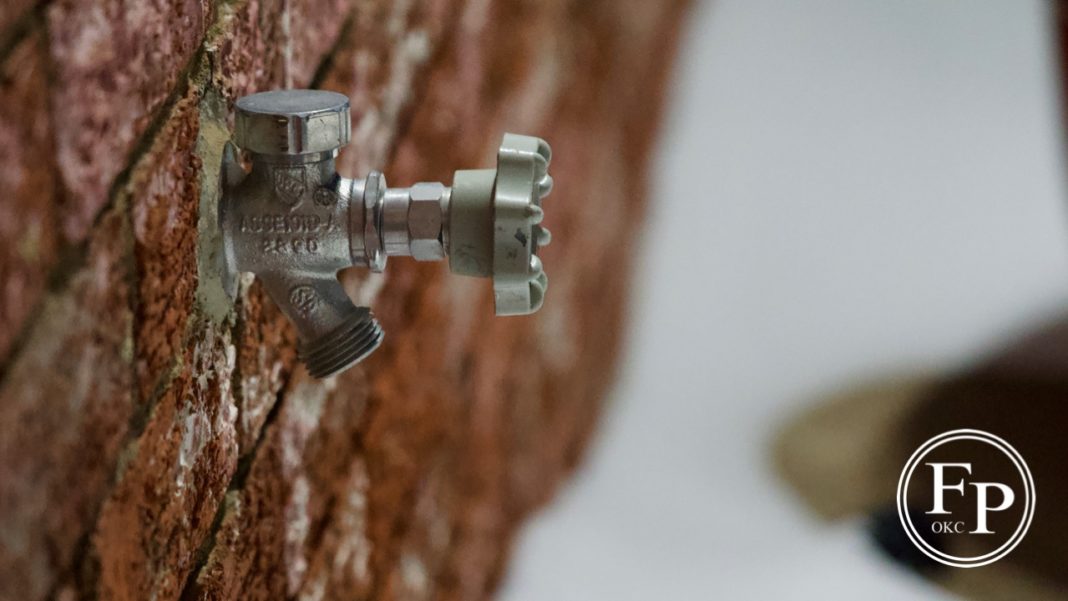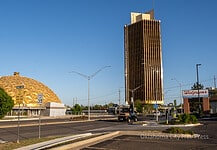Last Updated on February 15, 2021, 7:17 PM | Published: February 15, 2021
OKLAHOMA CITY — As Sunday progressed, water pressure started to drop at the Oklahoma County Jail as did other businesses and residences downtown, east of I-35, and the south side.
Some locations completely lost their water pressure.
But, as of the end of the day, the City of Oklahoma City reported that their largest water treatment plant that had been down was brought back online around 9 p.m. to build water pressure back for the affected parts of the city.
It was yet another event that showed the strain on the city’s water system from extreme cold that covers a large portion of the 600 square miles within city limits.
One out of three
To cover the entire massive system, the City runs three treatment plants, each located next to one of the city’s water reservoirs.
Draper Water Treatment Plan was the one that went off line earlier in the day Sunday. The plant is located next to Lake Stanley Draper on the far south side of the city.
Jennifer Lindsay McClintock, spokesperson for the City Utilities department, explained the situation on an online briefing from city staff Monday afternoon.
“We had some chemical lines at the treatment plant that are buried lines,” said McClintock. “But, those froze up on us. And so we had to get some crews down there get some heaters to the line.”
She said the lines were used to inject treatment chemicals into the city’s water to make sure it is safe.
Once they got the lines thawed enough to flow, then they were able to start the plant back up again and begin the slow process of pressurizing the system.
“We want to thank everyone for their patience, and especially thank the workers who were down there in the extreme, extreme cold, working to get our service back up and running as quickly as they could,” said McClintock.
Three water plants
According to information provided on the City’s website, the Draper plant is the largest and newest with a capacity of 150 million gallons a day. It was completed in 1964. Water for the plant is brought from Lake Atoka in southeastern Oklahoma in a 60-inch, 100-mile-long pipeline to Draper Lake.
Hefner Water Treatment Plant next to Lake Hefner on the north side, is the second largest with a capacity of 100 million gallons a day. It was completed in 1947.
Overholser Water Treatment Plant was completed in 1922 and has a capacity of 25 million gallons per day. Lake Overholser, located between Bethany and Yukon, was built in 1919 as the city’s first reservoir for drinking water and is replenished from runoff and the North Canadian River.
When Lake Hefner gets low in dry years, water is partially diverted from the North Canadian River just north of Lake Overholser and makes its way through a canal to Lake Hefner.
Breaks affect pressure
There are other reasons for lower pressure in parts of the city during cold weather.
At the neighborhood level, a line break can reduce pressure or cut water off altogether until city crews can dig in and fix the break.
McClintock reports that at one point during the cold weather the Utilities Department had 21 line breaks reported.
Cold temperatures cause many of the types of soil under Oklahoma City to expand and contract quickly which puts pressure on water lines, some of which have been in place for many years.
Founder, publisher, and editor of Oklahoma City Free Press. Brett continues to contribute reports and photography to this site as he runs the business.










